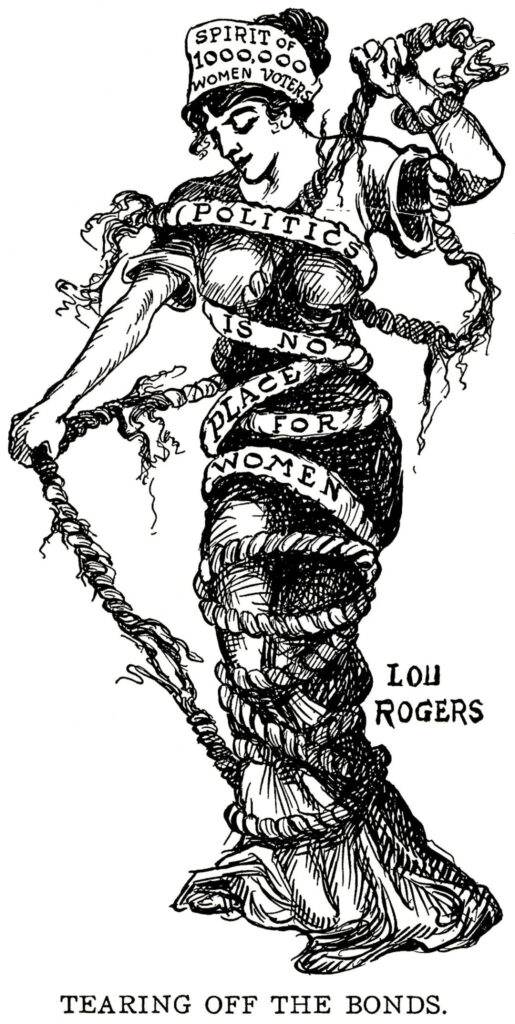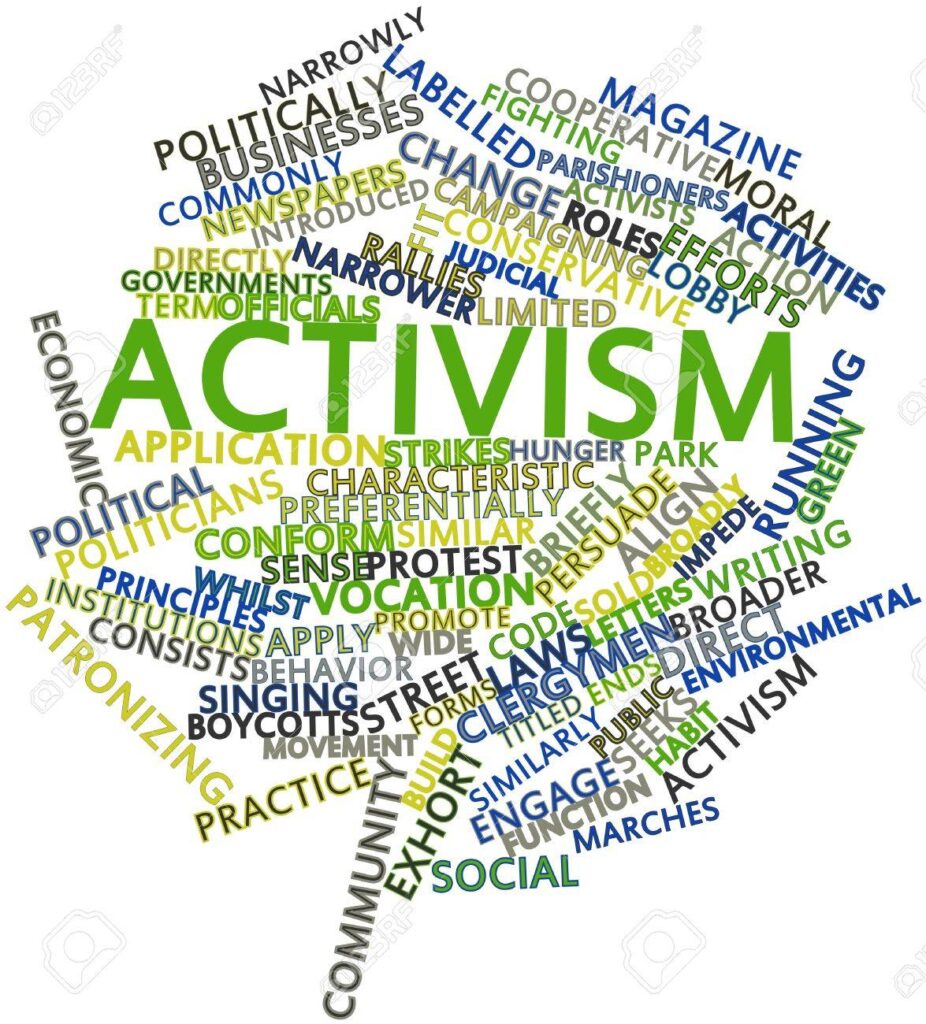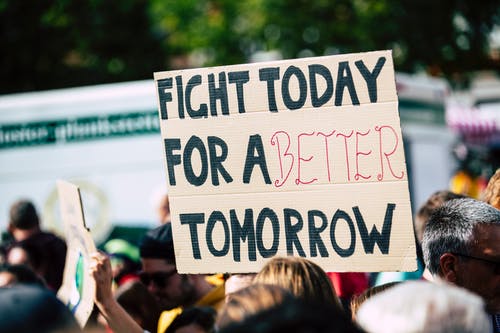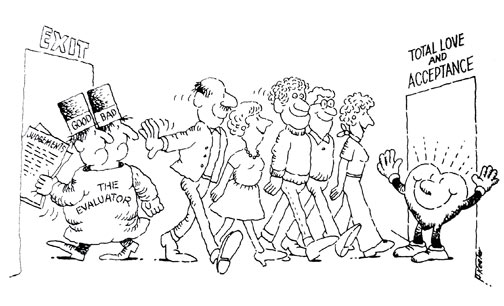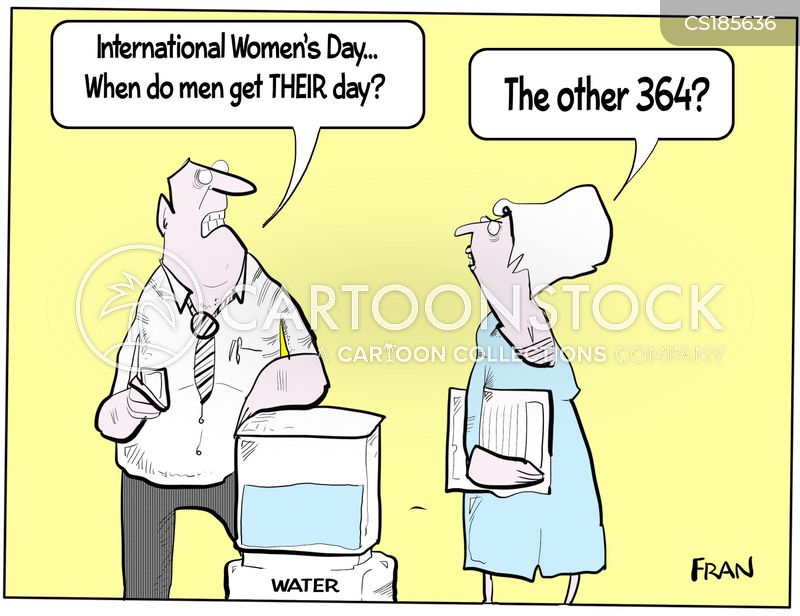Question 1: How do systems of privilege and oppression function in our society? How do we combat these systems?
In today’s society, we have voiced our beliefs and brought awareness to many matters. As a result, we have seen our society reform for the better. One of the ways we were able to create reform was by adjusting our language. When we use to speak our minds unceremoniously society would call us hostile and ignore our concerns. Privilege has been one of the new terms we use to express our frustrations of inequality. Privilege means a special right, advantage, or immunity granted or available only to a particular person or group. Where there is privilege there are also those who are oppressed. While we have taken steps towards reform, the system of privilege and oppression still functions in our society. They continue to function within our society because those with privilege do not wish to acknowledge or surrender that privilege. For example, the feminist movement has been advocated for years, however, men often deny they have privileges that women do not have. Or on the rare occasion that men do acknowledge women are oppressed, they can’t or won’t assist in shifting the power/advantages men hold. In the reading, “Patriarchy, the system” by Allan G. Johnson, he states, “men feel defensive because they identify with patriarchy and its values and do not want to face the consequences these produce or the prospect of giving up male privilege.” This shows that men will not assist in the feminist movement because they are afraid of the social backlash they will receive from their peers. If they acknowledge their privilege and show support they have consequences, so they rather say their in support without doing anything to change the oppression women continue to face. Which continues the women vs. men stigma in feminism. In order to combat this system, we need to change our way of thinking. In the reading, “Feminism is for everyone” by Bell Hooks she summarizes that the feminist movement is inclusive to everyone, however, there are challenges that are in the way of achieving the movement because of our thinking. These challenges being understanding the actual message of the movement, disbarring those who have the privilege – in this case, men, and the fight with each other who participate in the movement. These challenges stop us from winning any movement. In essence, in order to combat the system of privilege and oppression, it requires efforts of advocation by not only women but everyone.
Question 2: What is the concept of intersectionality and why is it important in women’s, gender, and sexuality studies?
Intersectionality sounds like a big and frightening word. This is probably why people do not like to discuss the topic and become knowledgeable about what it means. Intersectionality is a concept that an individual, group, or community that is affected by discrimination or disadvantages from an identity they identify as. Intersectionality is important to women’s gender, and sexuality studies because these are both separate identities. However, everyone in this world is different and can have multiple identities. Women’s gender is a cultural construct that is used to characterize females. While sexual studies are the understanding of human sexuality. However, an individual can have multiple identities that face discrimination or disadvantages from one or both communities. This is how both the construct of gender and sexuality intertwines with the multiple identities a woman can have. In the reading “There Is No Hierarchy of Oppressions” Audre Lorde, starts off by identifying the communities she identifies as. She also goes on to say the communities she identifies with struggle. She can’t win within each group she is in. She says, “Within the lesbian community I am Black, and within the Black community I am a lesbian…. Any attack against Black people is a lesbian and gay issue, because I and thousands of other Black women are part of the lesbian community. Any attack against lesbians and gays is a Black issue, because thousands of lesbians and gay men are Black.” Lorde explaining her experience proves the effects of oppression that are present in people’s lives. Because of the intersectionality of her race, gender, and sexuality she could not live a happy life if her identities are are being oppressed by society and by each other. In order for an individual who has multiple identities to be happy all of their communities must be treated equally.
Question 3: Why is it important to recognize patriarchy as a system and not an individual identity?
Words like feminism, oppression, and patriarchy give off the impression there is someone to blame. That is why before anyone can talk about the word or their actual meanings it becomes an argument, and the problem never becomes solved. However, it is important to recognize patriarchy as a system and not as an individual identity so we as a society can make a change. Patriarchy is a system that we continue to uphold by calling men the oppressors and women as vulnerable. Individual identity is where we live our lives through socialization and blame others when something negative happens. Rather than questioning the system that produces social problems/inequality. In the reading, “Patriarchy the System” Allan G. Johnson explains the way patriarchy is part of our lives because we do not look past individual identity. He continues by using the example of a man raping, beating, and harassing a woman. We are more likely to ask why this man did these horrible things, rather than asking the real issue “what kind of society would promote persistent patterns of such behavior in everyday life, from wife-beating jokes to the routine inclusion of sexual coercion and violence in mainstream movies.” Johnson calls this the “path of least resistance.” In choosing the path of least resistance we are in this loop where change will never happen. In order to create change, we need to recognize patriarchy as a system, understand the system is the problem, and as a society change it by looking past individual identity.
Question 4: How is gender constructed and learned in our society? How do we perform gender?
Gender begins to be constructed with knowing the biological sex of an individual, this is also known as gender assignment. For example, when a woman is pregnant the doctors look for the external genitalia to categorize the baby into a gender. After being assigned into a gender you are now put into this role where you become socially constructed to act like a female or male. In other words, babies are then socialized in line with the gender role they are given. Gender is constructed and learned differently in every society, in our society gender is learned through viewing others’ behaviors, understanding, and following the norms. According to the reading, “Sex and Gender 101” by Kyl Myers it says, “In America, boys are taught and expected to be tough, risk-taking, rowdy, athletic, strong, aggressive…girls are taught and expected to be soft, submissive, cautious, delicate, graceful, prissy.” These are the most common norms and the characteristics of gender. Babies then grow up to be treated into learning these norms/characteristics of their gender. In our society watching others’ behaviors is a big social construct. Individuals do not want to stray away from following the social norms of society because they will be seen as hostile. If we see a father playing football at the park with their son nobody would look twice, however, if we see a father taking their son to ballet people would stare and give judgemental looks. We perform gender more often than we realize. Until recent times it has been socially expected for males to approach females. Males were seen as dominant and superior, and females were seen as fragile and submissive. However, since the power dynamic of gender has been challenged, females now approach males. It’s not that women need to be the more aggressive gender and men should strive to be soft, but rather the messages we see on TV or hear in music should try to normalize the fact that women and men can behave however they like. There is no need for each gender to feel constrained to act a certain way.
Question 5: What is the difference between sex and gender? How are sex and gender conflated (converged and confused) within our culture?
The difference between sex and gender is sex is biological while gender is social. Sex refers to the anatomy and physiology of a person. The term “sex” refers to the psychological differences between females, males, and intersex. Gender refers to the social and cultural roles that males and females are expected to subscribe to based on their biological sex. While the two are entwined they do not mean the same thing. Sex and Gender often get conflated with the idea that an individual is male or female based on their appearance. Till recently people in society thought both sex and gender are the same because people have just accepted the gender role they were assigned to and conformed as they grew up. However, gender identity is a choice. Gender identity refers to how a person thinks about themselves in regards to gender. Gender assignment and gender identity don’t always “match.” In the reading “Beyond the Gender Binary” Alok V. Manon states, “It’s curious where society locates the blame. What about gender-reveal parties, the birth certificates, the driver’s licenses, all the ways that society imposes gender on us all? When things like this are normalized, they become invisible and we don’t even question them.” This clarifies that society enables gender assignment and gender identity to mean the same thing. There is no clothing store with females that identity as males clothes section. Our society has conflated both sex and gender and as a result, it’s difficult for people within our society to understand the difference.
Question 6: What is a double bind? How do double-binds function within our society?
A double bind is when an individual is in a situation in which either option does not benefit. When the individual is forced to choose an option, they face consequences from their society. As Marilyn Frye says, “you are caught in a bind, caught between systematically related pressures.” Double binds function within our society because when there are groups who are oppressed, any action that is chosen, the oppressed face consequences and limitations. In order to understand how double-bind functions within our society I will use the example of the way women dress. If a woman decides to wear a skirt that is before the knee she will be labeled by society as “slut, easy, and unclassy.” While on the other hand, if women were to decide to wear a full-length skirt she is labeled “prude, man-hater, and a killjoy.” In either option, the woman who chooses will face consequences because women are the oppressors and men are the superior. As our society continues to oppress there will always be limitations to those who are looked down upon.



